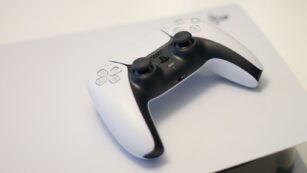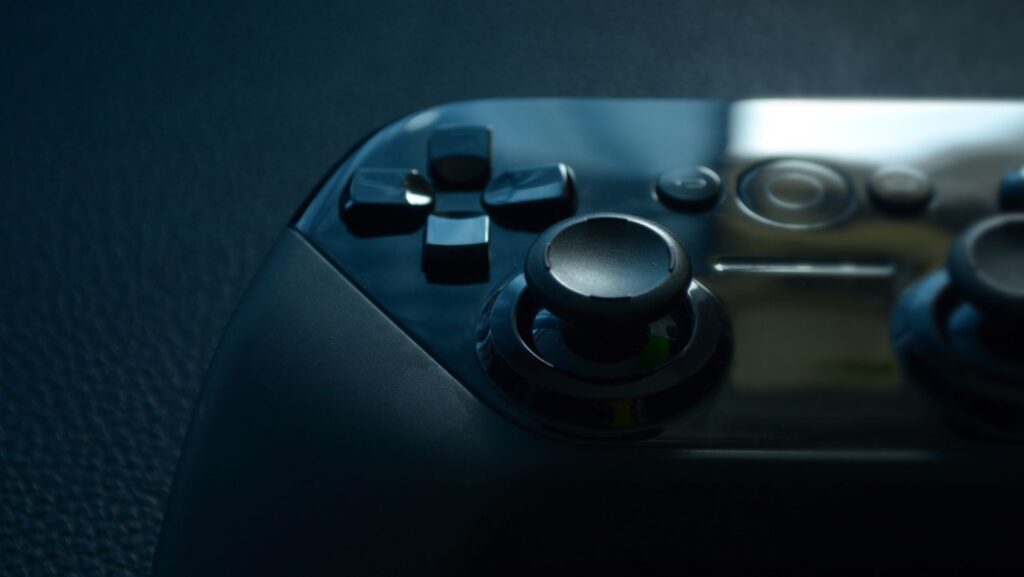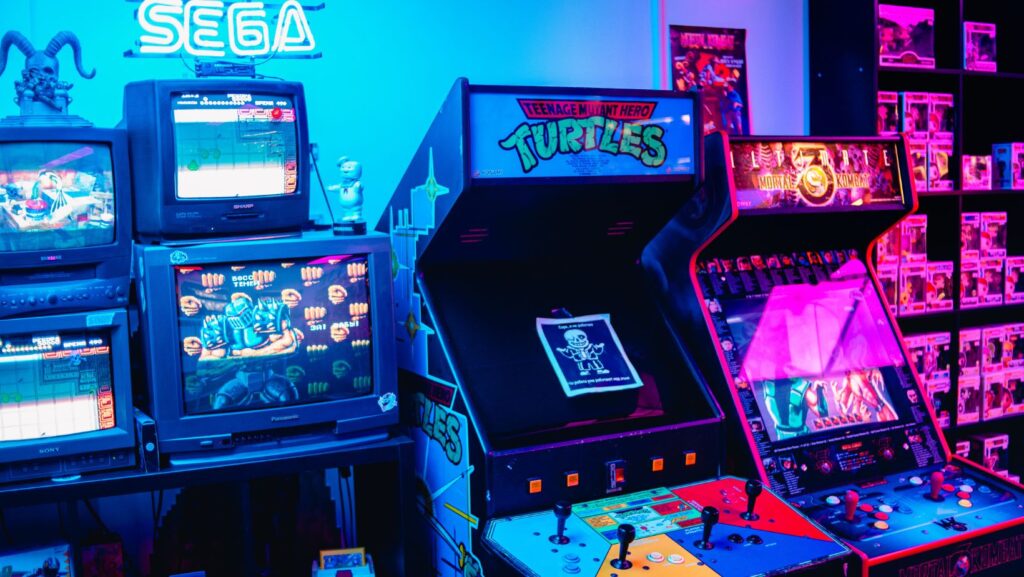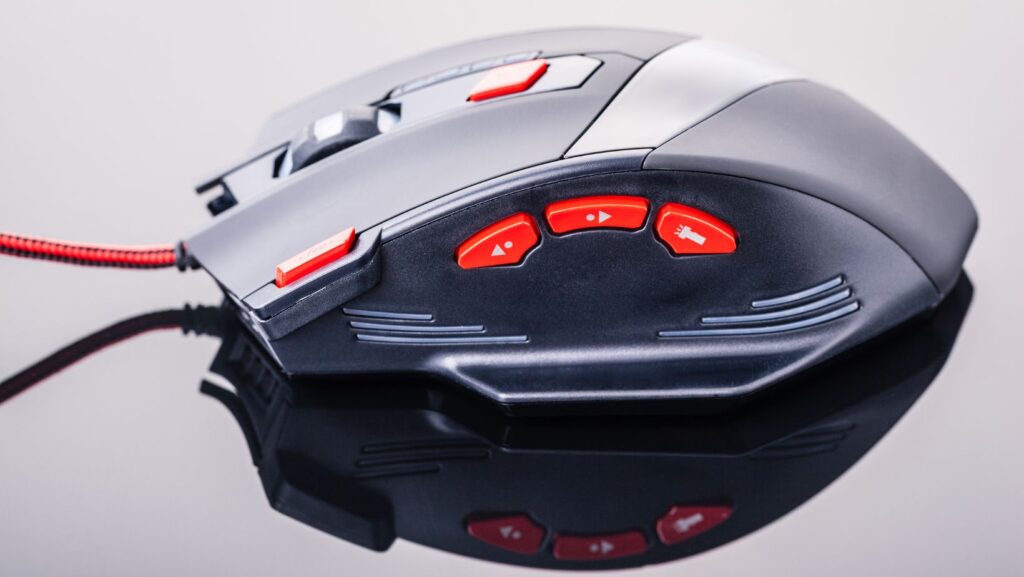In the early 90s, Sega entered the handheld gaming market with the Game Gear, a device that promised to revolutionize how gamers engaged with their favorite titles on the go. Sporting a vibrant color screen and a robust library of games, the Game Gear aimed to compete directly with Nintendo’s Game Boy. Its backlit display and landscape design set it apart, offering a unique gaming experience during a time when portable gaming was just beginning to capture the world’s attention.
Game Gear Sega
 Exploring the technological specifications and advancements of Sega’s Game Gear reveals its ambitious approach to handheld gaming. Launched in 1990, the Game Gear boasted a full-color screen, a distinctive feature that set it apart from the monochrome display of its primary competitor, the Game Boy. Equipped with a 3.2-inch backlit screen capable of displaying 4096 colors, the Game Gear offered vibrant visuals that aimed to mimic the quality of home consoles.
Exploring the technological specifications and advancements of Sega’s Game Gear reveals its ambitious approach to handheld gaming. Launched in 1990, the Game Gear boasted a full-color screen, a distinctive feature that set it apart from the monochrome display of its primary competitor, the Game Boy. Equipped with a 3.2-inch backlit screen capable of displaying 4096 colors, the Game Gear offered vibrant visuals that aimed to mimic the quality of home consoles.
Design and Build
Reflecting on the design, the Game Gear was considerably bulkier than the Game Boy, primarily due to its landscape orientation and the need to house a larger screen. Measuring approximately 209 mm in width, 113 mm in height, and 36 mm in depth, the device was designed for comfortable grip and control. The additional weight of the Game Gear, at about 310 grams, was a trade-off for its enhanced graphical capabilities.
Game Library
 The Game Gear’s library was expansive, featuring over 300 titles that ranged from platformers and puzzle games to sports and RPGs. Notable titles included “Sonic the Hedgehog,” “Shinobi,” and “Streets of Rage,” games that leveraged Sega’s successful franchises. The diversity in the Game Gear’s catalog offered players a wide array of genres and styles, contributing to its appeal.
The Game Gear’s library was expansive, featuring over 300 titles that ranged from platformers and puzzle games to sports and RPGs. Notable titles included “Sonic the Hedgehog,” “Shinobi,” and “Streets of Rage,” games that leveraged Sega’s successful franchises. The diversity in the Game Gear’s catalog offered players a wide array of genres and styles, contributing to its appeal.
Battery Life Challenges
Despite its technological prowess, the Game Gear faced significant challenges with battery life. It required six AA batteries, which could drain in just a few hours of gameplay. This issue was exacerbated by the power demands of its color screen and processing capabilities. The high cost and frequent replacement of batteries were often seen as drawbacks by consumers.
Market Impact
In the handheld market, the Game Gear’s impact was marked by its direct competition with Nintendo’s Game Boy. Although it could not surpass the Game Boy in sales, the Game Gear helped to expand the market by challenging the status quo and pushing technological boundaries in portable gaming. Its legacy is evident today as it remains a beloved piece of gaming nostalgia, appreciated not only for its innovative attempt but also for its contribution to the evolution of handheld gaming devices.
Key Features of the Game Gear Sega
Technical Specifications
 The Game Gear boasted a notable 3.2-inch backlit color LCD screen with a resolution of 160 x 144 pixels—impressive for 1990 standards. Running on a 3.58 MHz processor, its graphical capabilities were far beyond those of its main competitors, offering a palette of 4,096 colors and displaying up to 32 colors on-screen at once. The device also featured an 8-bit Z80 processor, giving it enough power to handle more graphically intense games. Additionally, Game Gear included stereo sound, a detail that enhanced the gaming experience significantly.
The Game Gear boasted a notable 3.2-inch backlit color LCD screen with a resolution of 160 x 144 pixels—impressive for 1990 standards. Running on a 3.58 MHz processor, its graphical capabilities were far beyond those of its main competitors, offering a palette of 4,096 colors and displaying up to 32 colors on-screen at once. The device also featured an 8-bit Z80 processor, giving it enough power to handle more graphically intense games. Additionally, Game Gear included stereo sound, a detail that enhanced the gaming experience significantly.
Game Library
Sega’s Game Gear supported a diverse array of games, catering to a wide audience. Titles ranged from action and adventure games to puzzles and sports simulations. Key games included classics such as “Sonic the Hedgehog,” which utilized the system’s color display to bring Sonic’s vibrant world to life, and “Streets of Rage,” a beat ‘em up that became admired for its multiplayer capabilities and soundtrack. The library extended to over 300 games, introducing iconic games like “Shinobi,” “Ecco the Dolphin,” and sports titles affiliated with major figures like NBA Jam featuring basketball superstar Michael Jordan. This extensive library capitalized on Sega’s home console popularity, ensuring that many of their home console hits saw adaptations on the Game Gear.



